On the morning of June 1, 1943, the Douglas DC-3 lifted off from the airport at Lisbon in neutral Portugal. BOAC Flight 777 or Dutch KLM Flight 2L272, as it had been designated, carried 13 passengers and its crew on a flight bound for London.
But the unarmed passenger plane was jumped while flying over the Bay of Biscay. Eight German Junkers Ju-88 maritime patrol fighters had taken off from their base near the French city of Bordeaux. Their rendezvous with the civilian flight ended in tragedy as a burst of cannon and machine-gun fire sent the DC-3 spinning into the waters of the Atlantic Ocean, killing everyone aboard.
The shootdown was the climax of a series of odd events that grabbed the attention of the world, not because a plane was lost—this was wartime after all—but because one of the casualties was actor Leslie Howard, one of the best-known screen performers of his time. Howard, a veteran of World War I, had taken up acting on the advice of a doctor to cope with the symptoms of post traumatic stress disorder (PTSD). He went on to achieve acclaim, primarily as Ashley Wilkes, the handsome Confederate suitor of Scarlet O’Hara in the blockbuster film Gone With The Wind. Howard had also earned Academy Award nominations for his roles in Berkeley Square and Pygmalion.
However, during the rise of the Nazis in the mid-1930s, another of Howard’s films, The Scarlet Pimpernel, had drawn the ire of German Propaganda Minister Joseph Goebbels. The movie was an updated version of a literary classic that substituted the Nazis for villains as they attempted to stop political refugees from fleeing their regime with the assistance of Howard, the hero of the story.
Why was this particular civilian aircraft on this particular day targeted by the Luftwaffe for elimination? Some would say that it was simply an incident of war. Actually, though, a tacit agreement between the British and Portuguese governments had allowed these flights to continue while the Germans ostensibly left them alone because some of the traffic could be useful to them—agents flying in and out of the cities gaining useful intelligence and such.
Then, on April 19, 1943, this very DC-3, named Ibis, had been fired upon by German aircraft and barely escaped to land safely in Portugal. Despite the close call, the flights were continued, and there was no real concern given the fact that such an incident was more or less bound to happen in war.
On that fateful June morning, Howard, having been to Portugal to promote his film distribution business and deliver a series of lectures on his motion picture career, boarded the plane. Before leaving from London days earlier, he had expressed concerns to his wife, Ruth, noting “…a queer feeling about this whole trip, but what the hell! You know that I’m a fatalist anyway.”
Also on the doomed flight was portly Arthur Chenall, a business associate of Howard’s who smoked cigars and reportedly bore at least a passing resemblance to British Prime Minister Winston Churchill. Others included Kenneth Stonehouse, a reporter for Reuters News Service; Ivan Sharp, a mining engineer who had furthered British interests regarding the import of tungsten; Tyrrel Shervington, Shell Oil Company’s top man in Lisbon; Wilfred Israel, a Jewish relief worker; and seven other men, women and children.
Prior to boarding, Stonehouse had misgivings. He lamented, “I’m normally not frightened, but somehow, I feel bad about this air trip. I wish that I could go to sleep here and wake up at some English airfield.” Shervington had a disturbing premonition, a dream that he had died in the crash when the plane was shot down.
Aside from the fact that Howard’s anti-Nazi activities had annoyed Minister Goebbels and other assertions that the actor may in fact have been serving as a British intelligence operative, might Nazi agents in Lisbon have spotted the rather rotund Chenall and mistaken him for Churchill, a tempting target indeed? Was it a case of revenge, a political hit, or simply an unfortunate crossing of aerial paths?
Some reports indicated that the German planes circled the wreckage after shooting down the DC-3, taking photographs to confirm that their mission had been executed. Smoking gun? Maybe.
The death of Leslie Howard and the other unfortunates aboard BOAC 777/KLM 2L272 remains one of the enduring mysteries of World War II.
—Michael E. Haskew
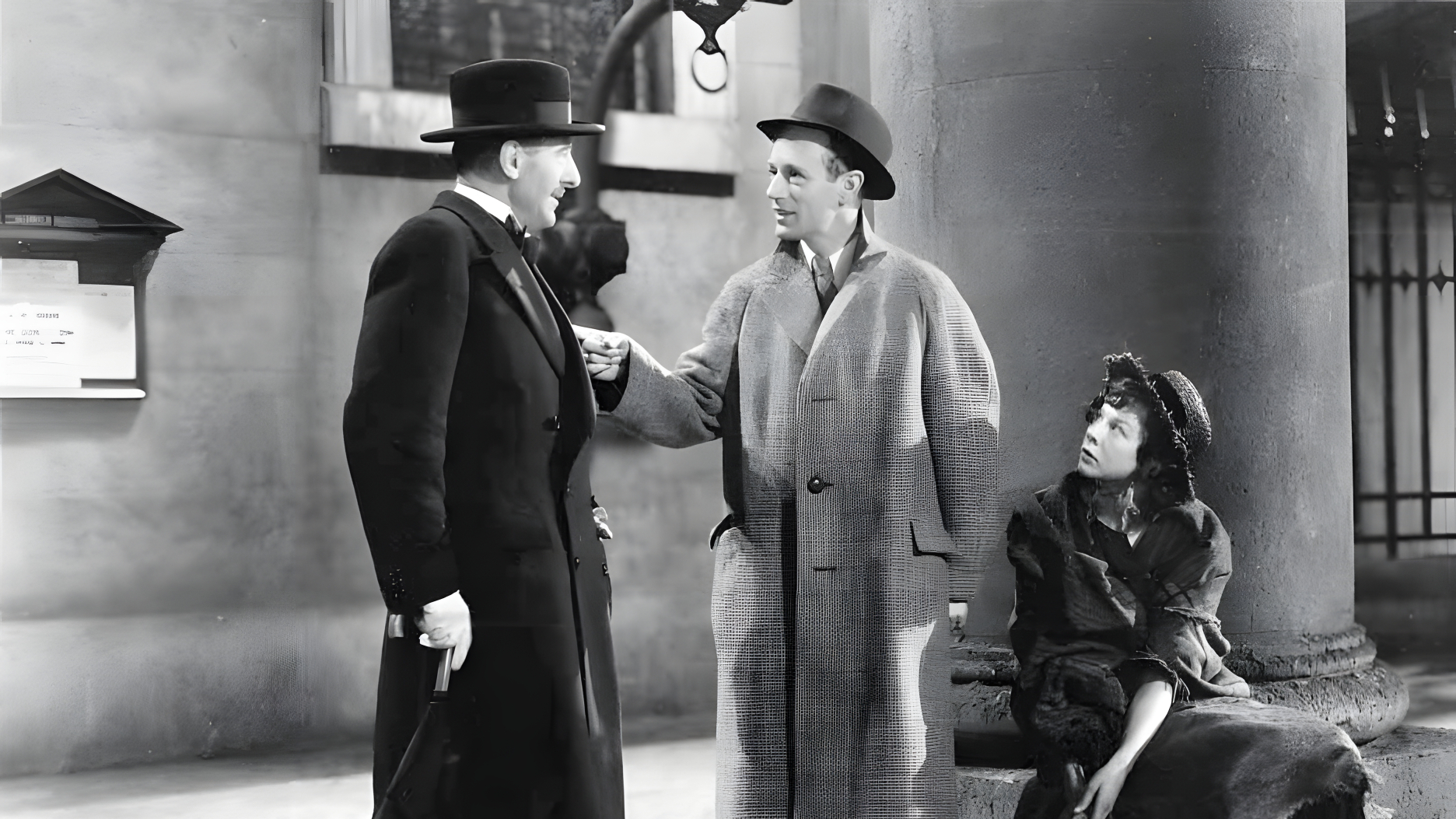
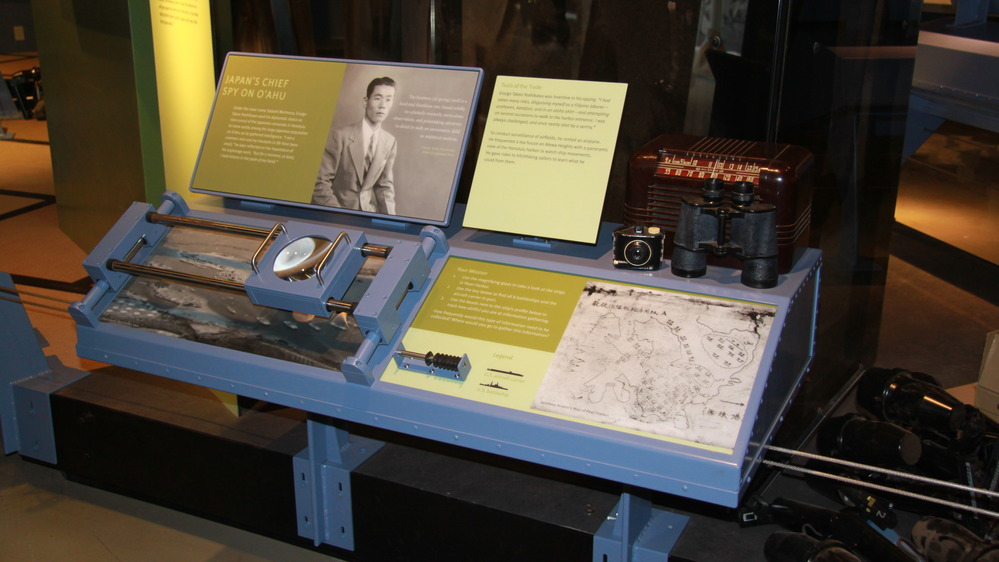
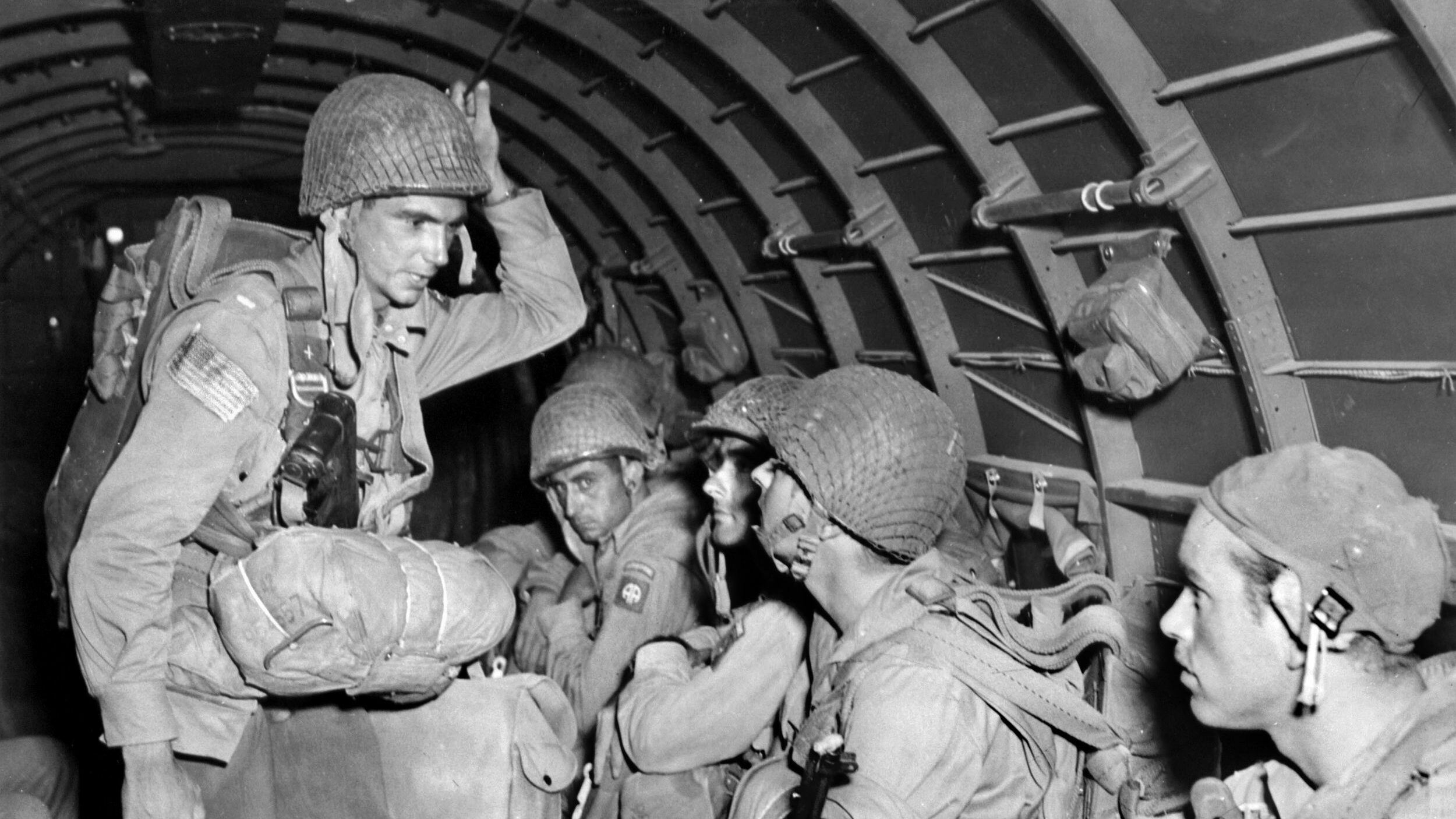
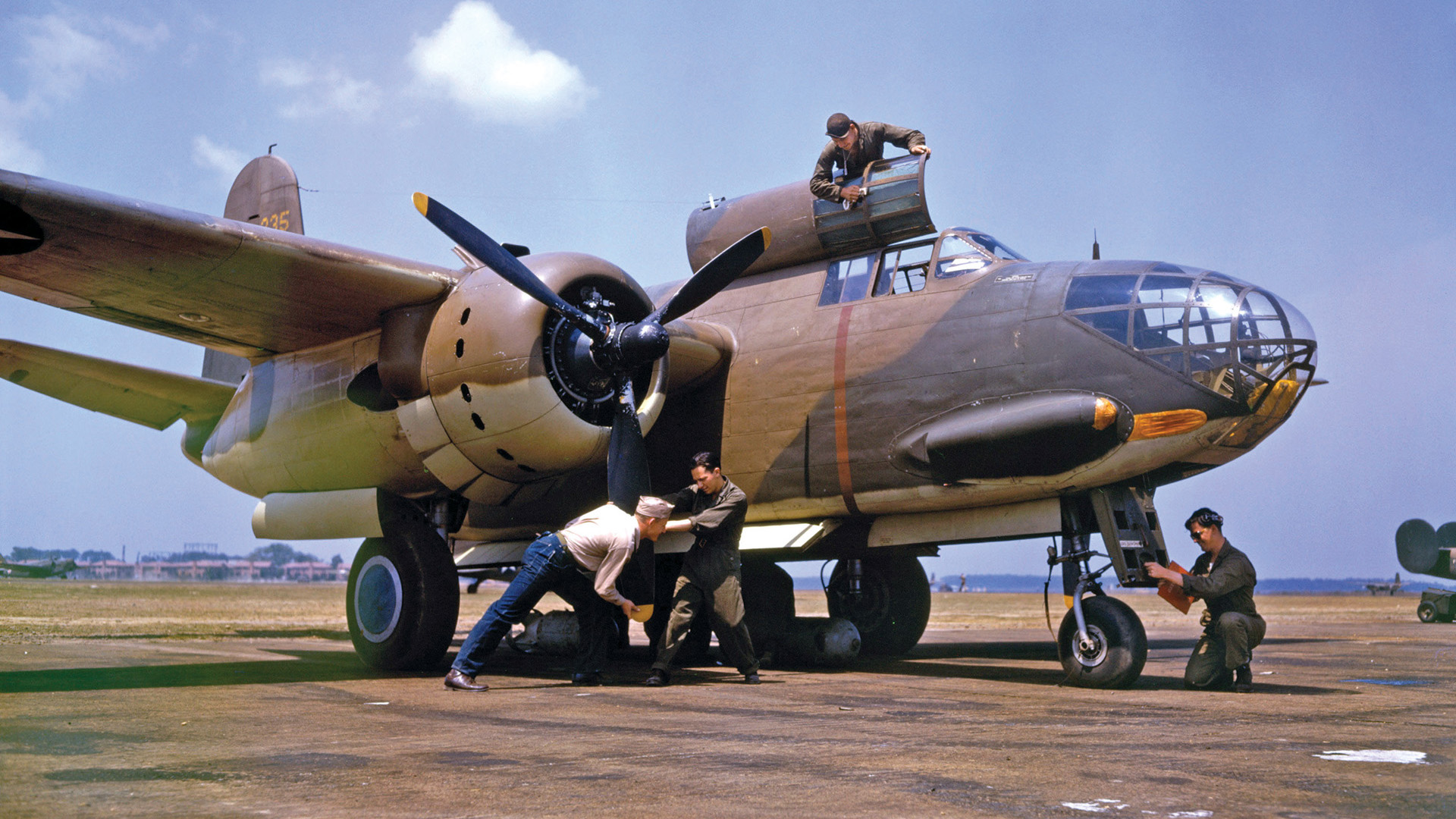
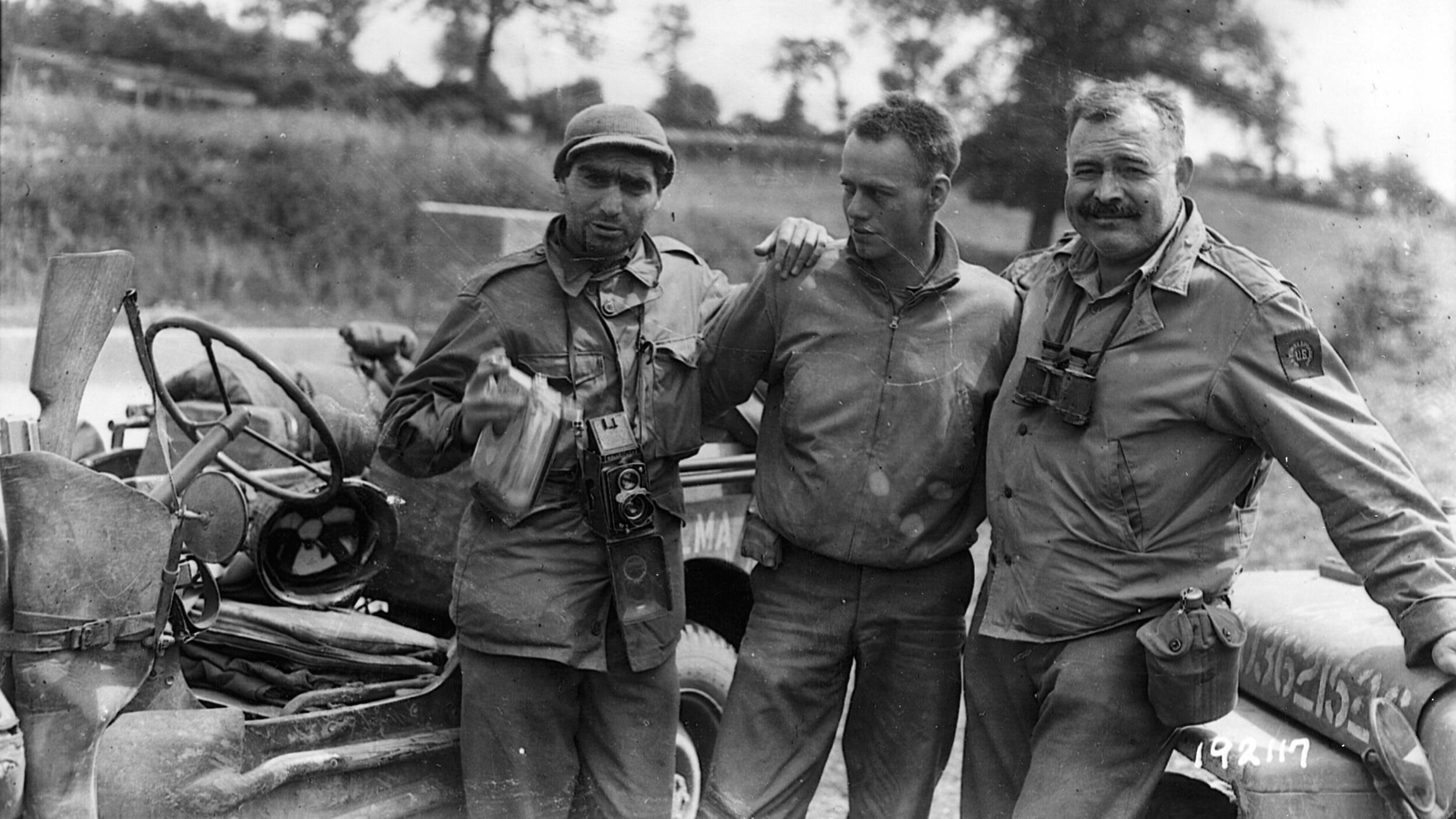
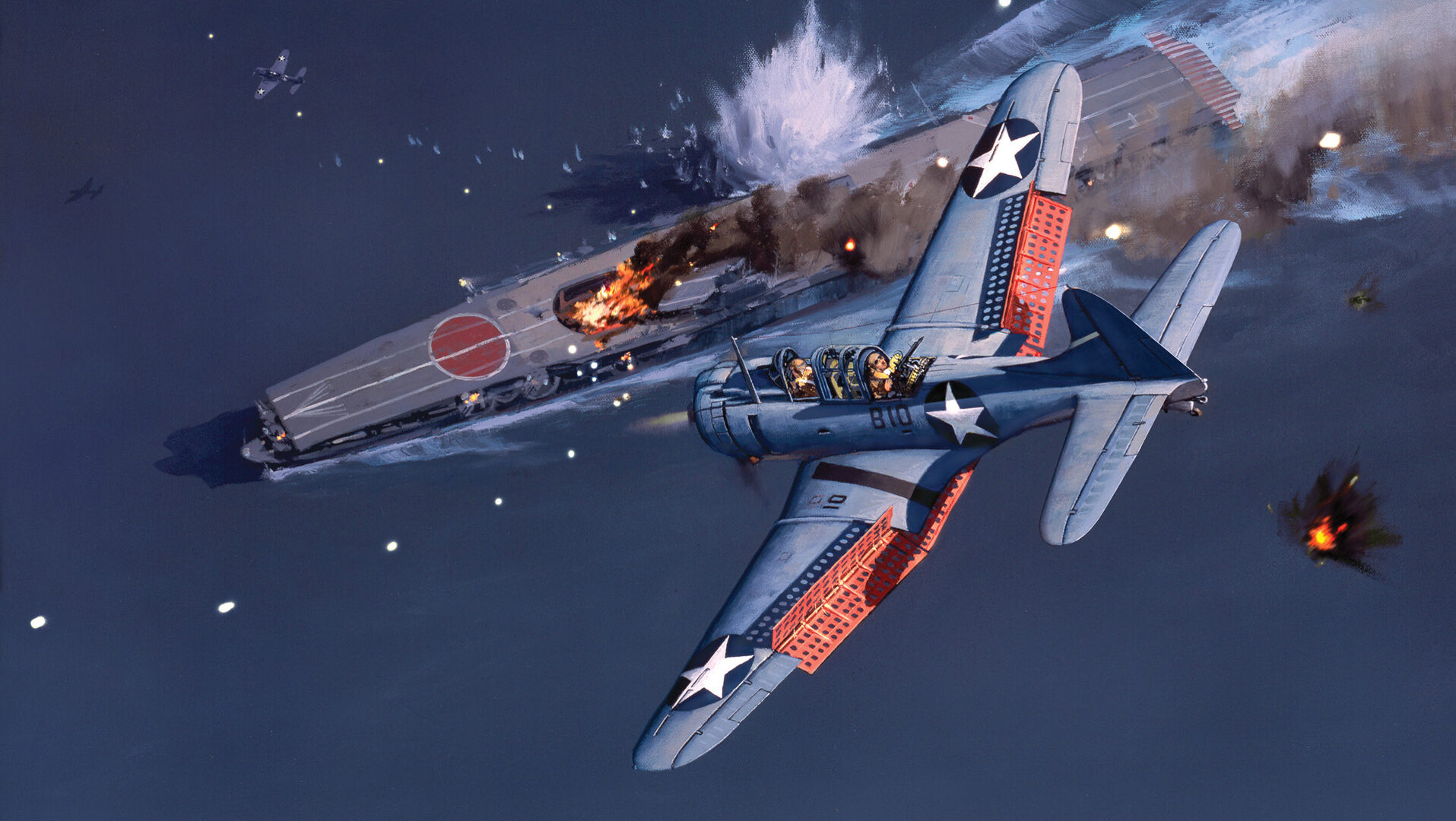
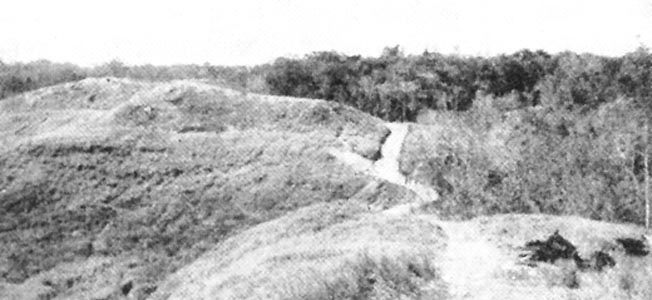
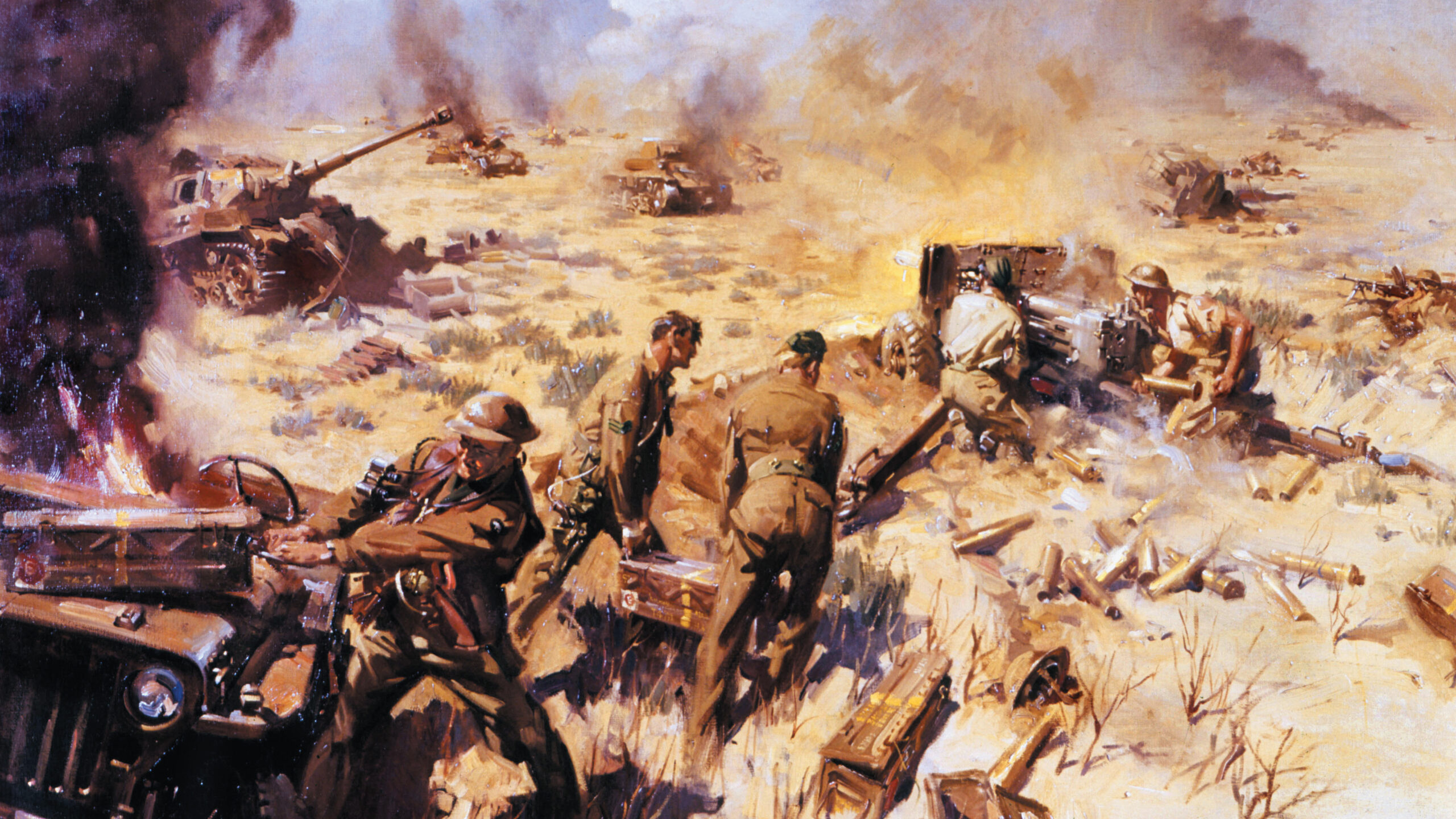
Join The Conversation
Comments
View All Comments